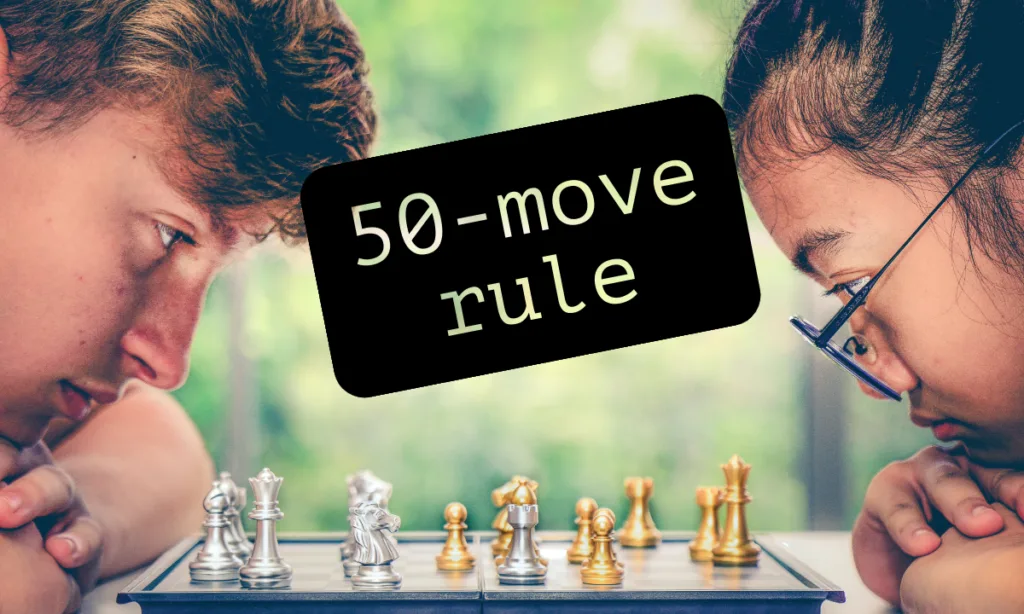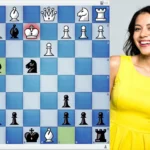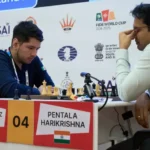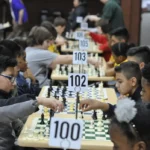Chess is full of dramatic checkmates, jaw-dropping tactics, and heart-stopping blunders. But sometimes, the drama fades into a quiet, unyielding standoff. Enter the 50-move rule—a rule that ensures no game of chess will drag on forever, even if the players are as stubborn as two toddlers arguing over the last cookie.
What Is the 50-Move Rule?
The 50-move rule states that if 50 consecutive moves are played by both players without a pawn move or a capture, either player can claim a draw. That’s right. No captures, no pawn pushes—just quiet, sterile maneuvering.
It’s the chess equivalent of someone asking, “Are we there yet?” over and over, and the game finally replying, “We’re done here.”
Why Does This Rule Exist?
Back in the day, chess games could last forever. Before clocks and chess rules like this, players could shuffle pieces around the board indefinitely. The 50-move rule was introduced to prevent games from descending into mindless repetition, ensuring there’s always a ticking clock on aimless play.
It’s also a mercy for spectators. Nobody wants to watch two rooks endlessly sidestep each other while the players wait for their opponent to crack.
The Logic Behind It
The 50-move rule focuses on two key actions:
- Pawn Moves: Pawns represent progress. Pushing a pawn is usually a sign of trying to win.
- Captures: Capturing pieces is the spice of chess—if nothing’s getting taken, what are we even doing here?
If neither of these things happens for 50 moves, it’s a signal that the game has hit a stalemate of ideas. Time to call it quits.
How Does It Work?
Here’s the catch: the rule isn’t automatic. The players have to claim the draw themselves. If no one notices (or forgets), the game continues. Imagine sweating through move 51 only to realize you could’ve ended the game. Ouch.
Historical Moments: The Rule in Action
1. The Longest Game Ever Played
In 1989, Ivan Nikolic and Goran Arsovic played a game that stretched to 269 moves. But 100+ of those moves were pure endgame slogging with no progress. The game ended in a draw thanks to—you guessed it—the 50-move rule.
Click here to see the game
In Round 3 of the 2024 World Rapid Chess Championship, Hikaru Nakamura had a mate in 1, but just before that Alexander Donchenko correctly claimed a draw by the 50 moves rule.
2. The Hypothetical Deadlock
Consider endgames like king + bishop + knight vs. king. Technically winnable, but it takes precise maneuvering and up to 50 moves. If you don’t mate by then, the game is drawn. (Pro tip: If you’re defending, aim for move 50 like it’s your birthday.)
What About Exceptions?
In modern chess, some positions take more than 50 moves to force a win. Special exceptions exist for positions like:
- King + 2 knights vs. pawn (weird, but possible).
- Certain fortress-breaking scenarios.
FIDE allows these exceptions in specific cases, but they’re rare. For most games, the 50-move rule is ironclad.
Fun Fact: The Rule Has Changed Over Time
In the 1600s, people weren’t so patient. They only allowed 24 moves before calling it a draw. Over centuries, this expanded to 50 as endgame theory evolved. Now, even the most grinding positions get their fair shot at resolution.
The Psychological Game of 50 Moves
Imagine you’re in an endgame. You’re defending a position where your opponent has all the firepower but no way to break through. Every move becomes a mental test:
- Can you survive without making a mistake?
- Can they keep the pressure without giving up?
The 50-move rule adds an invisible clock to the tension. As the number climbs closer to 50, you feel it. Move 48. Move 49. One more, and the game slips into a draw.
Read more: What is En Passant? Is this Cheating?
What the 50-Move Rule Teaches Us
- Patience: Whether you’re attacking or defending, the rule teaches you the value of endurance.
- Precision: In long endgames, every move matters. Waste one, and you might run out of time to win.
- Awareness: Knowing when to invoke the rule can save you from unnecessary suffering—or keep you from losing.
The Rule’s Quirky Legacy
The 50-move rule is one of those rules you might not think about—until it’s the only thing keeping you alive. It’s both a safeguard and a test of skill, ensuring chess games are challenging but fair.
So next time you’re in a long, grinding endgame, remember: progress or perish. Push that pawn. Capture that knight. Or watch the clock tick down to 50 moves and call it a day.
And if you’re stuck defending? Just keep the pieces dancing. Time is on your side.
I’m the senior editor of Attacking Chess, a keen chess player, rated above 2300 in chess.com. You can challenge me or asking questions at Chess.com.






